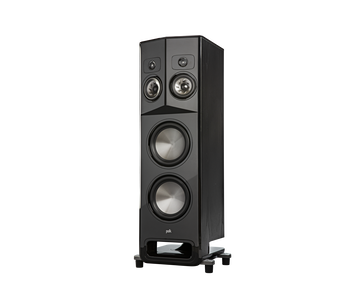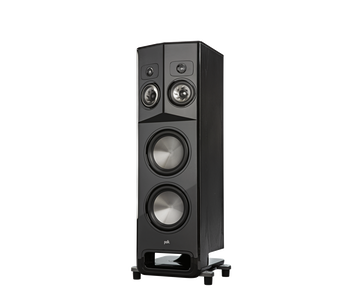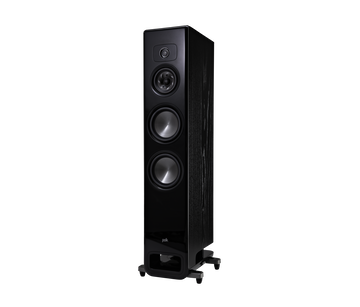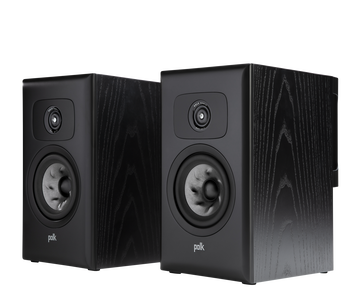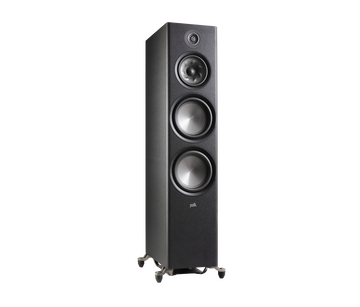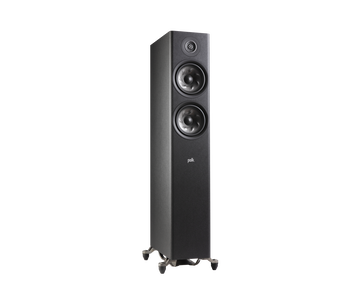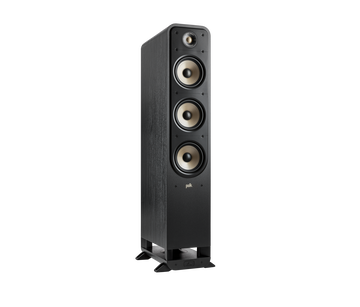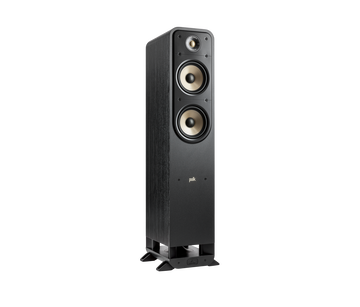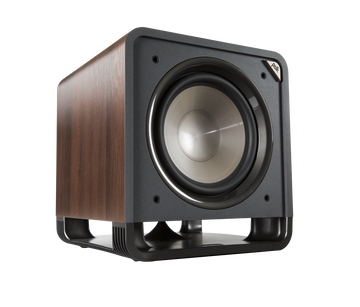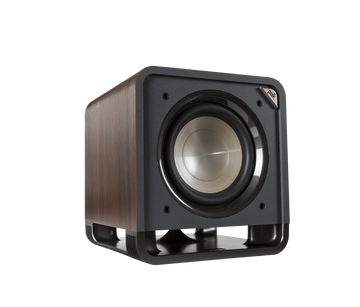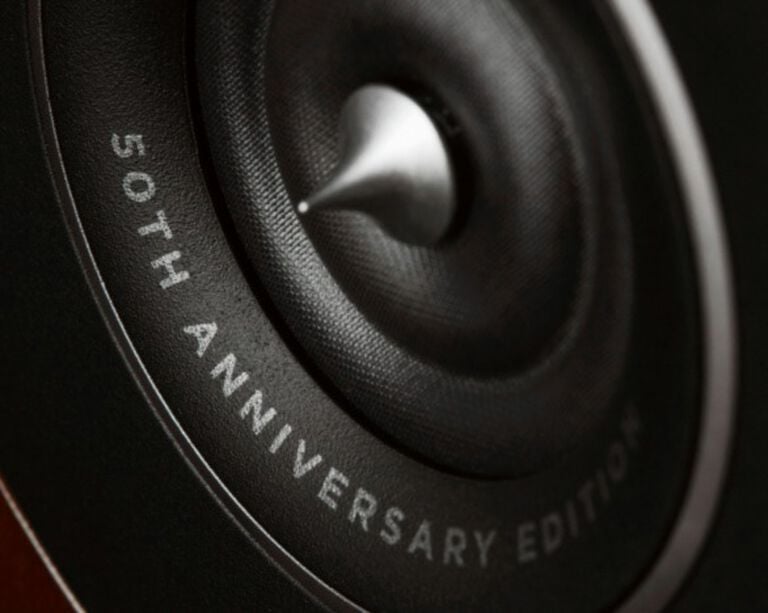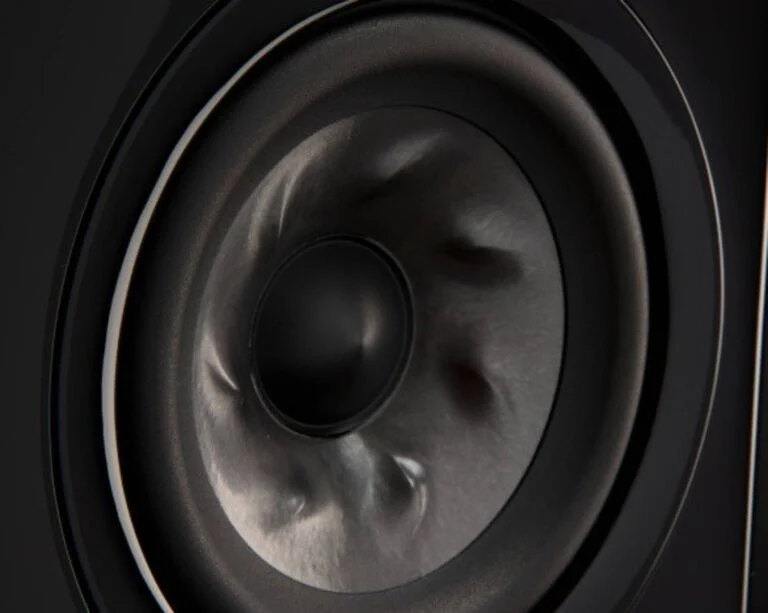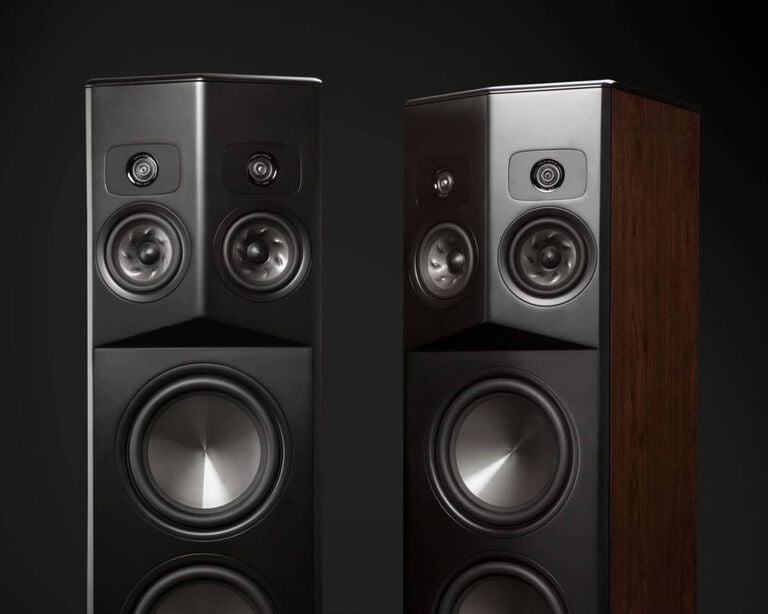Bass, Done Better: Inside Polk Power Port Technology
Article written by SARAH JONES
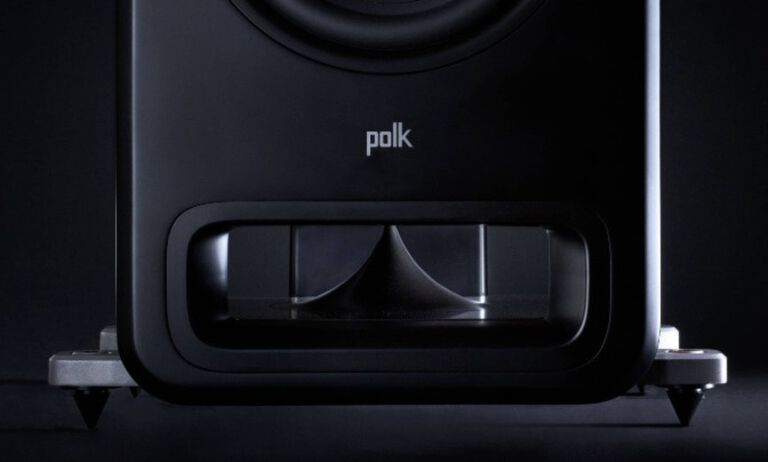
The Polk Legend L800, featuring the Enhanced Power Port
When it comes to experiencing the full impact of music and movies, deep, powerful bass is essential. It's what gives your favorite songs and scenes that deep, visceral punch, making them feel more immersive and engaging. But when it comes to designing speakers, achieving big, defined bass can be challenging.
One of the ways speaker manufacturers try to improve low-frequency output is by incorporating a port into the enclosure. This allows air to circulate freely in and out of the box, which relieves pressure inside the cabinet and improves the efficiency of the woofer action, resulting in louder, clearer bass.
However, these benefits come with side effects. When a ported speaker plays low frequencies, a lot of air flows through the port, creating turbulence that can introduce noise—often referred to as "chuffing"—and distortion. The tube-shaped port behaves like an organ pipe, creating resonances that can mask midrange sounds. And when a port is noisy, the energy used to produce that noise is no longer producing the intended sound: bass.
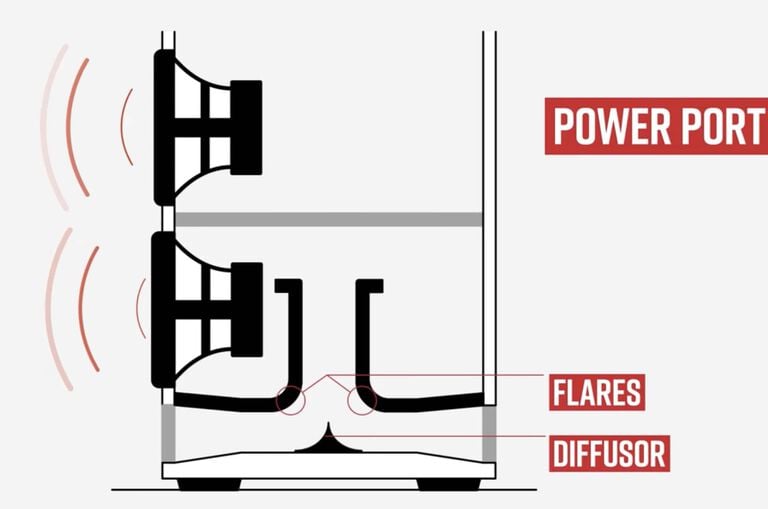
Polk's patented Power Port technology solves these issues in a few ways. Think of it as a series of technologies that improve the efficiency of the port and decrease the amount of noise and distortion it creates. Polk speakers feature different versions of this technology:
The original Power Port (above) smooths air turbulence by guiding airflow into the listening space using flares and a diffusor. This promotes a more streamlined, or laminar, flow, which generates less port noise. The original Power Port is found in our Signature Elite Series speakers and HTS subwoofers.
The Enhanced Power Port takes things a step further by refining the flares that control airflow, for even less noise and more bass. Enhanced Power Port is found in our Legend Series.
Power Port 2.0 starts with the Enhanced Power Port and integrates our latest X-Port technologies for the best of both worlds. X-Port features a set of closed-pipe resonators, called Eigentone filters, that are tuned to absorb unwanted port and cabinet resonances. The Power Port's carefully engineered port design smooths the flow of air as it exits the cabinet, and the X-Port eliminates cabinet and port resonances. Power Port 2.0 with X-Port is found in the Reserve R700 and R600. (X-Port on its own is found in the Reserve R100, R200, R400, and R500.)
Whichever version of Power Port your speaker features, you’ll hear cleaner, tighter bass and a more detailed midrange that brings deeper thrills to your favorite music and movies.
There’s a lot more to Power Port technology! Take a deep dive in the video below:
